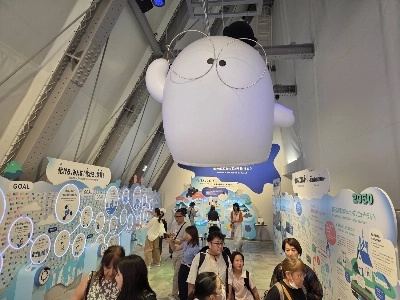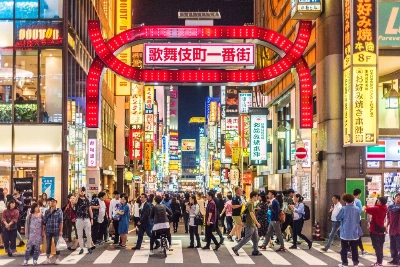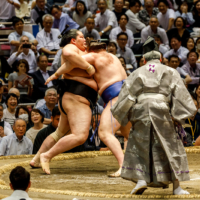Images this week of Indian Prime Minister Narendra Modi holding hands with Russian President Vladimir Putin at a summit hosted by Chinese President Xi Jinping seemed to confirm what many experts have already concluded — the U.S. has stumbled in its effort to draw India into its diplomatic orbit.
Successive U.S. presidential administrations have sought to cultivate the historically nonaligned India as a strategic counterweight to China and Russia. But as the images of Modi in Tianjin underlined, U.S. President Donald Trump appears for now to have undercut that goal with a series of actions. These have included piling 50% tariffs on Indian goods and publicly browbeating New Delhi over what his administration sees as its opportunistic purchases of cheap Russian oil.
The souring of the India relationship comes even as U.S. adversaries China, Russia and North Korea have tightened their ties, despite Trump's desire to reset relations with each of them. On Wednesday, the leaders of the three countries appeared together in public for the first time at an event to mark the end of World War II. And Modi, in a signal to Trump, is showing a willingness to boost rather than reduce ties with Moscow — and to look past his suspicions of Beijing.



















With your current subscription plan you can comment on stories. However, before writing your first comment, please create a display name in the Profile section of your subscriber account page.